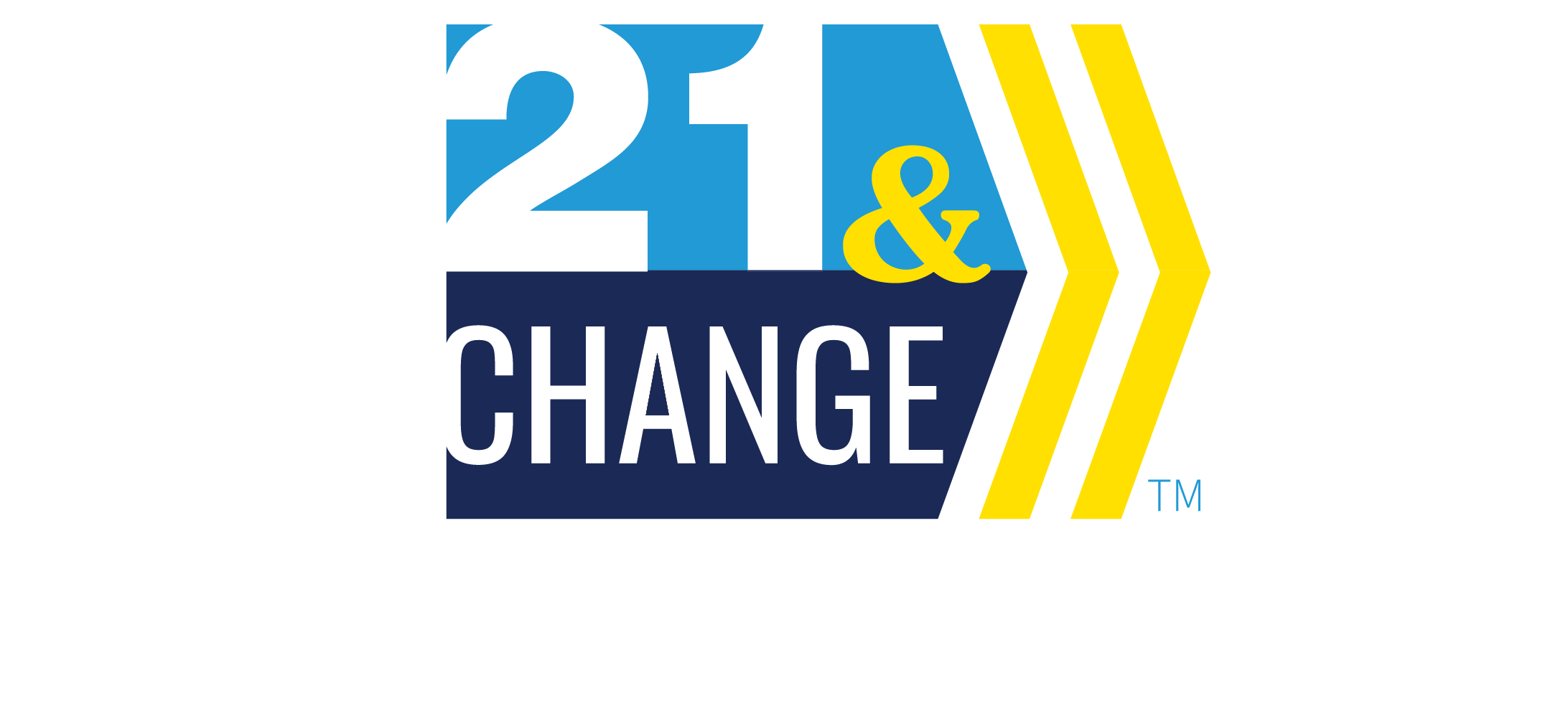
So, exactly what is Down syndrome you may ask? First, let’s talk about what it’s not. It’s not a disease. It’s not the end of the world. It’s not a ‘death sentence’, either. That may sound dramatic, but as parents with a daughter born with Down syndrome, we’ve heard and experienced professionals and others use these connotations. My wife and I were also told all the things she would never do, and all the things she would have great difficulty doing. Their collective predictions about our daughter and her well-being were about 15% right, and that’s being generous. We simply chalk their comments and predictions up to stereotyping and ignorance.
What is Down syndrome?
Let’s start with the fact that it is the most prevalent chromosomal disorder in the world today. As such, it is also the leading cause for developmental and intellectual disabilities. The overall effects or characteristics of Down syndrome vary greatly from individual to individual, simply because they are all INDIVIDUALS. Down syndrome, also known as Trisomy-21, occurs as a result of abnormal cell division affecting the 21st chromosome. These cell division abnormalities result in an extra partial or full copy of the 21st chromosome. This extra genetic material is responsible for the characteristic features and developmental problems of Down syndrome.
Here are some interesting facts about Down syndrome:
The Centers for Disease Control and Prevention (CDC) estimates that 1 in 700 live births results in a Down syndrome diagnosis. The estimate for yearly births in the United States is approximately 6,000 babies born with a Down syndrome diagnosis.
There are three types of Down syndrome: trisomy 21 (nondisjunction) accounts for 95% of cases, translocation accounts for about 4%, and mosaicism accounts for about 1%.
Down syndrome occurs in people of all races and economic levels.
The incidence of births of children with Down syndrome increases with the age of the mother. But due to higher fertility rates in younger women, 80% of children with Down syndrome are born to women under 35 years of age.
People with Down syndrome have an increased risk for certain medical conditions such as congenital heart defects, respiratory and hearing problems, Alzheimer’s disease, childhood leukemia and thyroid conditions. Many of these conditions are now treatable, so most people with Down syndrome lead healthy lives.
A few of the common physical traits of Down syndrome are: low muscle tone, small stature, an upward slant to the eyes, and a single deep crease across the center of the palm. Every person with Down syndrome is a unique individual and may possess these characteristics to different degrees or not at all.
Life expectancy for people with Down syndrome has increased dramatically in recent decades – from 25 in 1983 to 60 today.
People with Down syndrome attend school, work, participate in decisions that affect them, have meaningful relationships, vote and contribute to society in many wonderful ways.
All people with Down syndrome experience cognitive delays, but the effect is usually mild to moderate and is not indicative of the many strengths and talents that each individual possesses.
Quality educational programs, a stimulating home environment, good health care and positive support from family, friends and the community enable people with Down syndrome to lead fulfilling and productive lives.

If you would like to gain some additional insight, here are the sources we use for our facts. As you conduct your own research, you may notice slight differences in statistical data. For our purposes, we used the most common data available at this time.
SOURCES:
https://www.ndss.org/about-down-syndrome/down-syndrome/
https://www.mayoclinic.org/diseases-conditions/down-syndrome/symptoms-causes/syc-20355977



